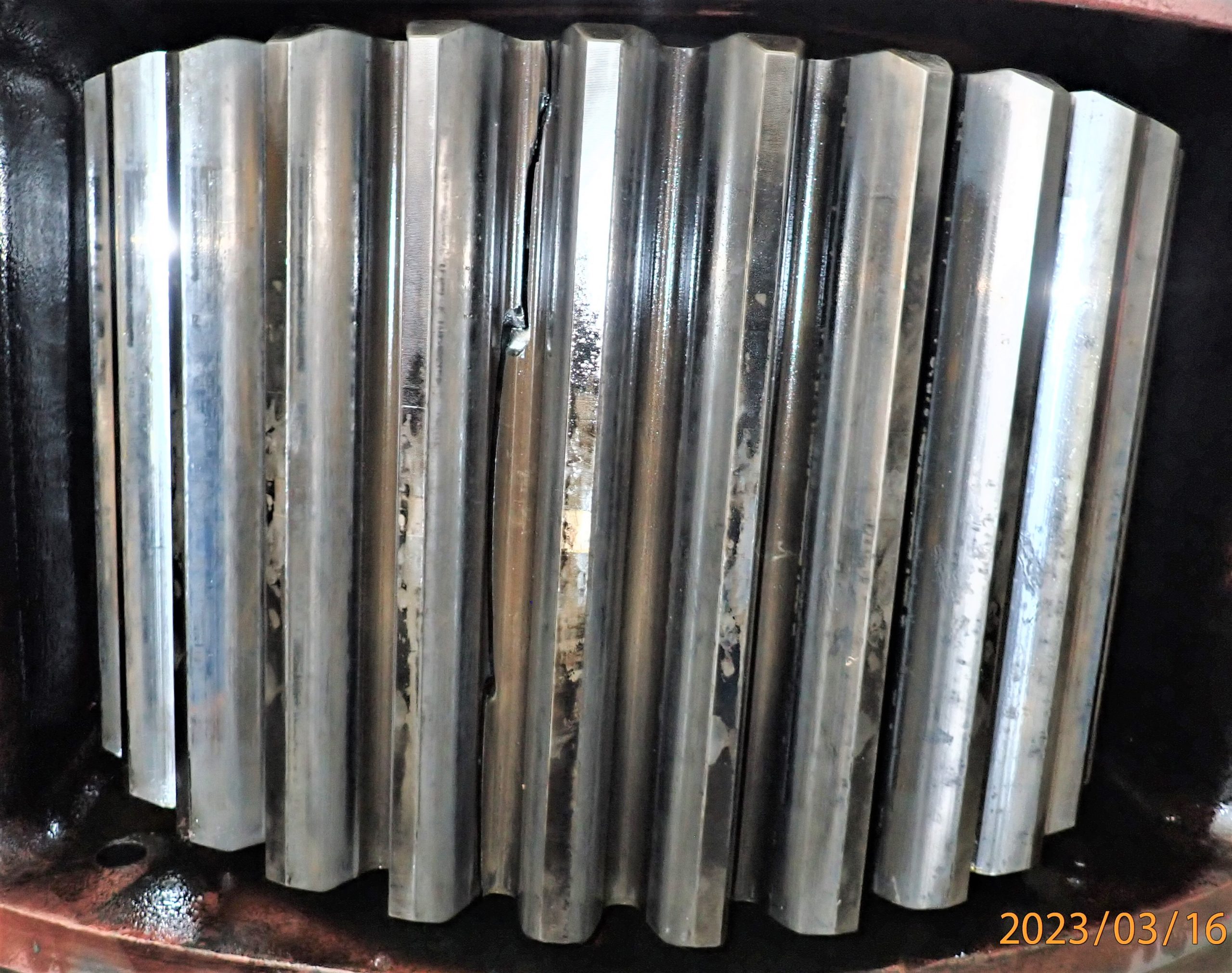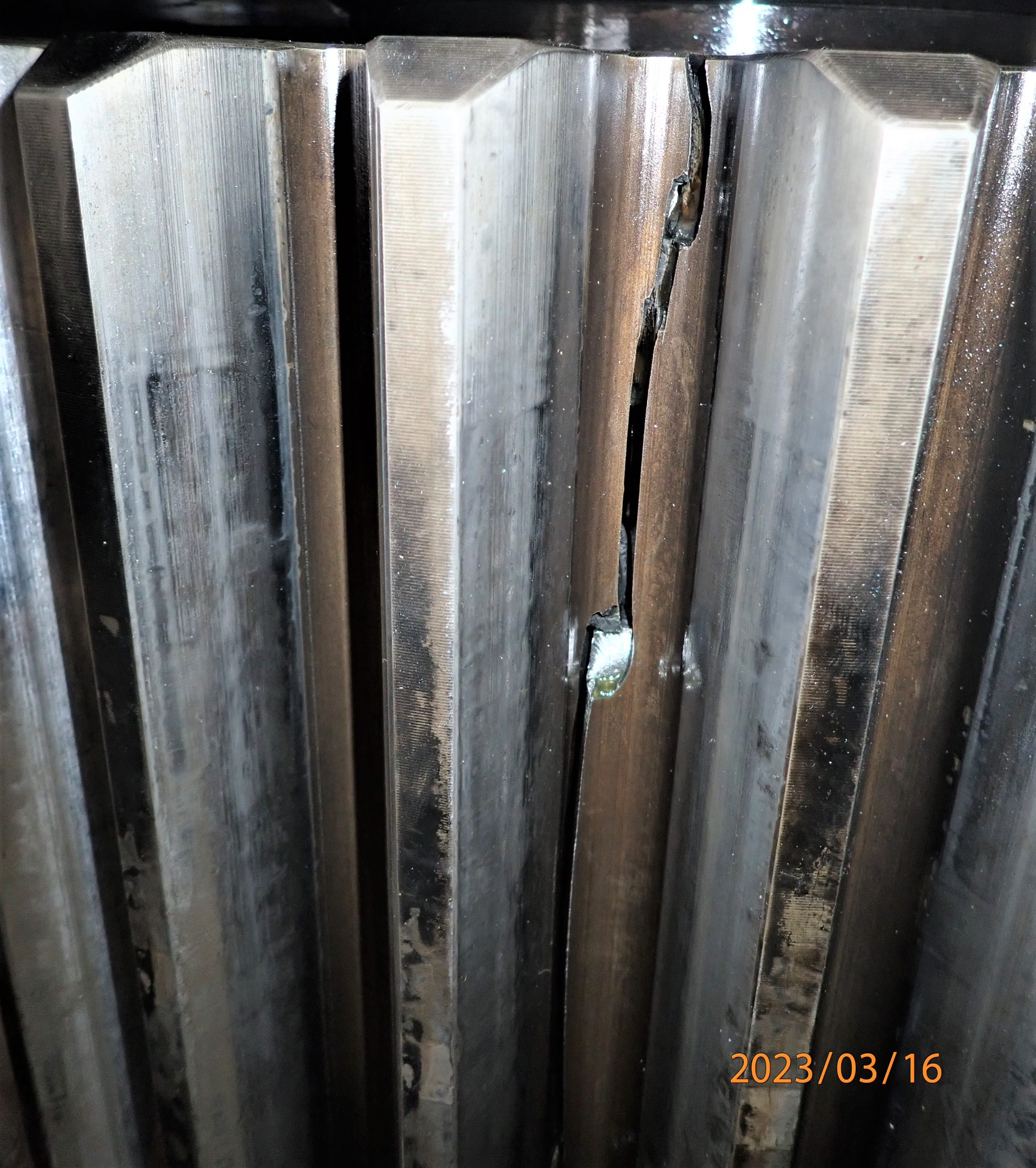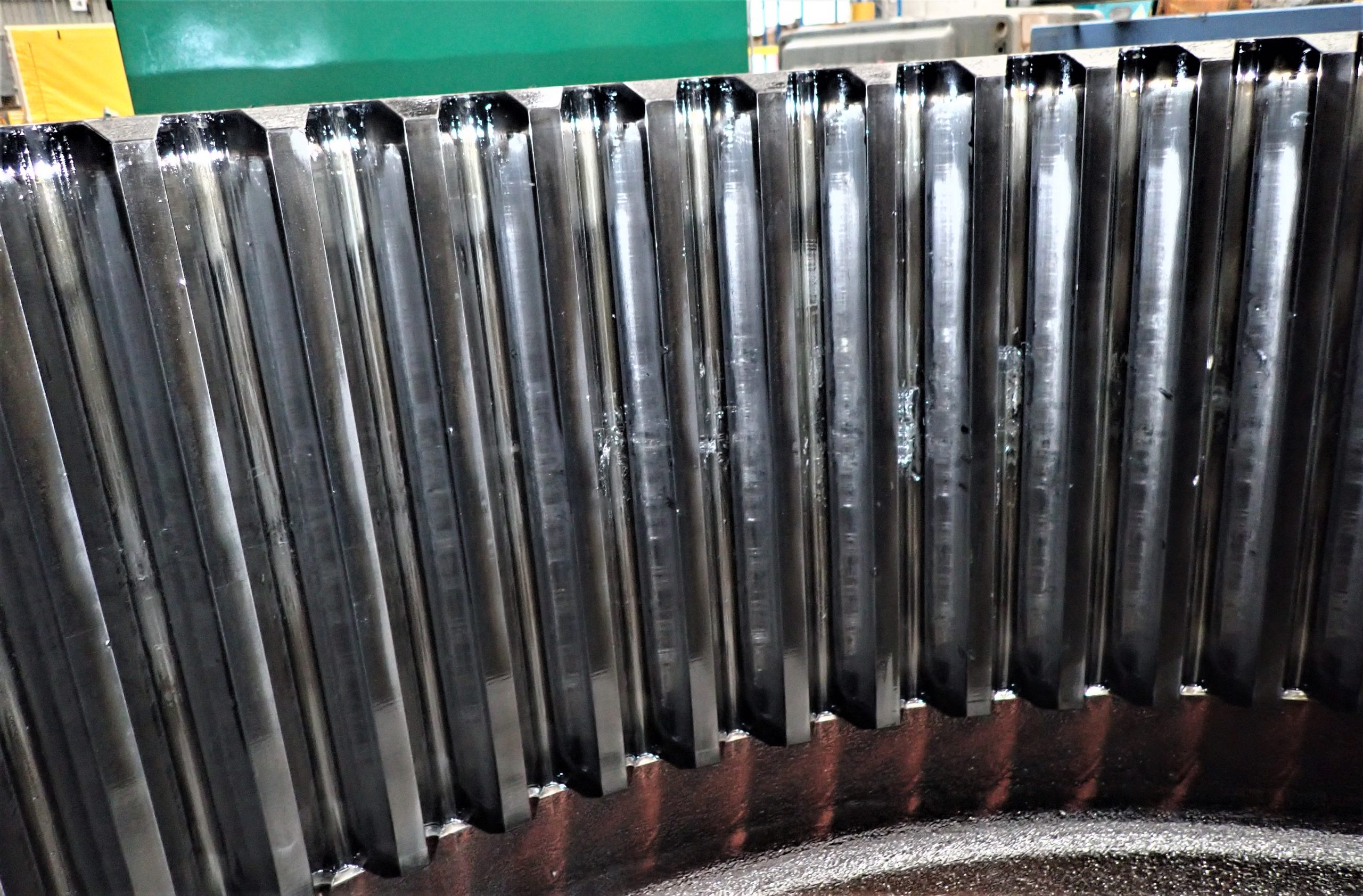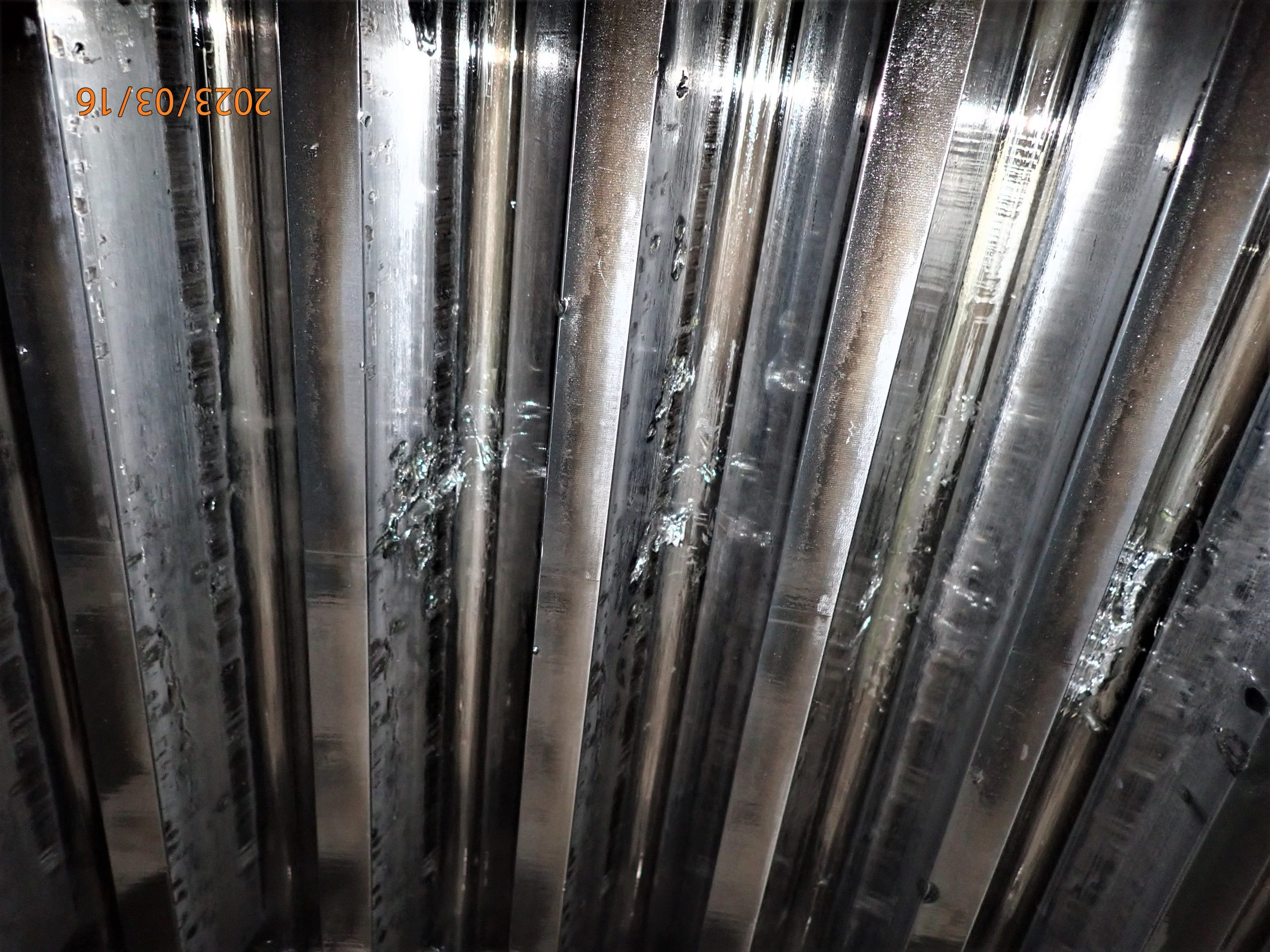May 4, 2023
What are HPGR Machines?
High-Pressure Grinding Rolls (HPGR) machines are commonly used in the mining industry for comminution, which is the process of reducing the size of ore particles. HPGRs use high pressure and roller rotation to crush the ore, producing a product that is finer and more uniform in size than traditional methods.
The common failures of HPGR Machines
Despite their increased efficiency, reduced energy consumption, and improved mineral liberation, HPGR machines are not immune to failures, and gear failure is one of the most common types of failures in these machines. The HPGR gear system is subjected to high loads and stresses during operation, which can cause various types of gear failures.
Some of the common gear failures in HPGR machines are:
- Tooth wear: The high pressure and friction involved in the grinding process can cause the teeth on the gears to wear down over time. This can lead to a loss of gear tooth profile, reduced gear accuracy, and, ultimately, gear failure.
- Pitting: Pitting is a type of surface fatigue that occurs when small cracks form on the surface of the gear teeth due to high-stress levels. This can lead to the formation of small pits, which can grow and eventually cause gear failure.
- Cracks: The high-stress levels in the gear system can also cause cracks to form in the gear teeth. These cracks can propagate and eventually lead to catastrophic gear failure.
- Bending fatigue: Bending fatigue is a type of fatigue failure that occurs when the gear teeth are subjected to repeated bending stresses. This can cause cracks to form in the gear teeth, which can eventually lead to gear failure.
The costs and negative consequences of gear failure can be significant, including direct costs for repairs and replacements, labor costs associated with downtime and maintenance, lost production and revenue, and potential secondary damage to other components of the machine.
Detecting a critical failure
In a recent incident, we detected a potential crack in the epicyclic gear set driving a critical HPGR machine based on the data of vibration and oil sensors fusion. Upon checking with the site maintenance, it seemed like the HPGR machine was operating normally, and no anomalies were apparent.
Upon the detection, the site maintenance team requested guidance to understand how fast the deterioration was going. This HPGR machine was critical, and a failure could result in a potentially hazardous environment, unplanned shutdown time, and lost production.
Therefore, it was crucial to understand how fast the deterioration was occurring and whether the customer had time to keep the machine working until after the New Year break when the planned maintenance shutdown was scheduled, and whether there was enough time to order the replacement parts.
Razor Lab’s conditioning monitoring professionals analyzed the vibration reports, and it was found that once the crack occurred, the deterioration wasn’t progressing as fast, and the HPGR machine could continue working until the beginning of January.
During the planned maintenance, the site operations team examined the gear and discovered the crack of the planet and the pitting of the ring gear.
The crack in the HPGR bearing, planet
The crack has also caused the pitting in the ring gear
Our team was thrilled to be able to detect the impending critical failure and support the site maintenance team in an optimal way. The ability to continue machine operations during the holiday period and the understanding of the rate of deterioration were critical pieces of information for the customer. By preventing a catastrophic gear failure and minimizing downtime, the value of the prevented failure was significant in terms of cost savings, maintaining production levels, and preventing potential safety hazards.







